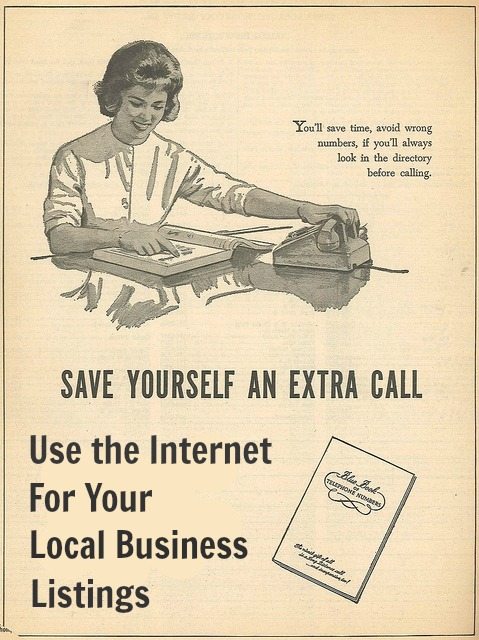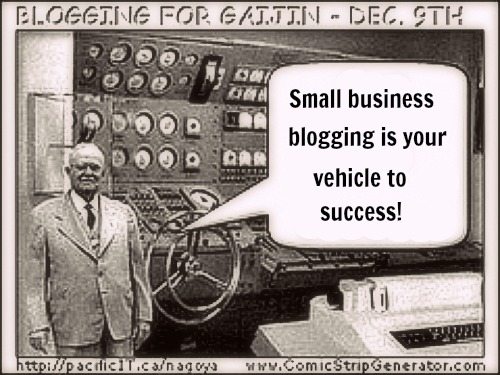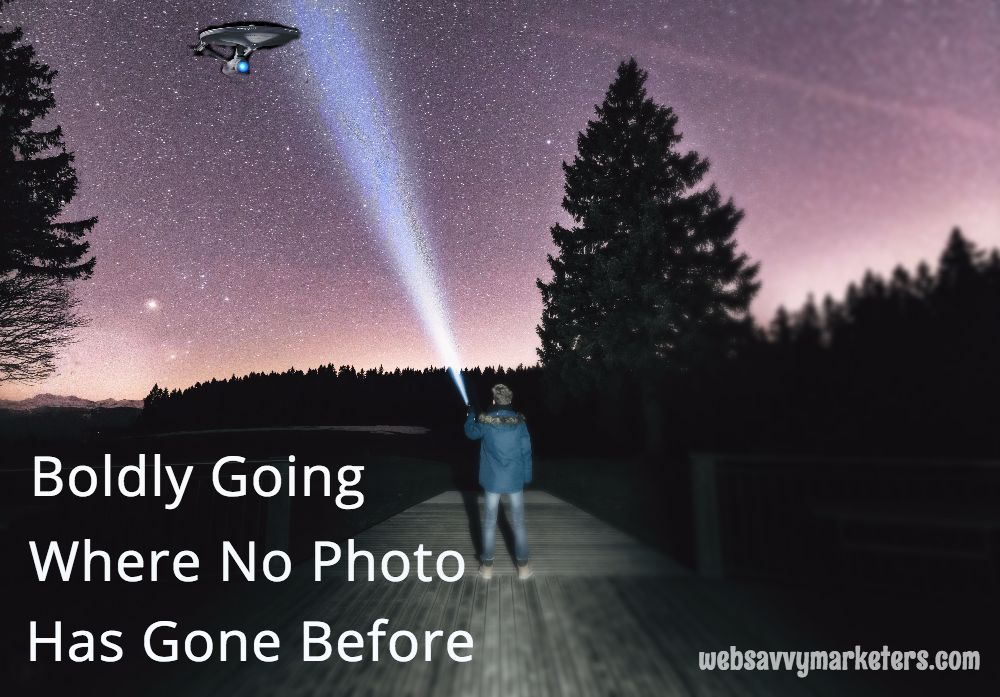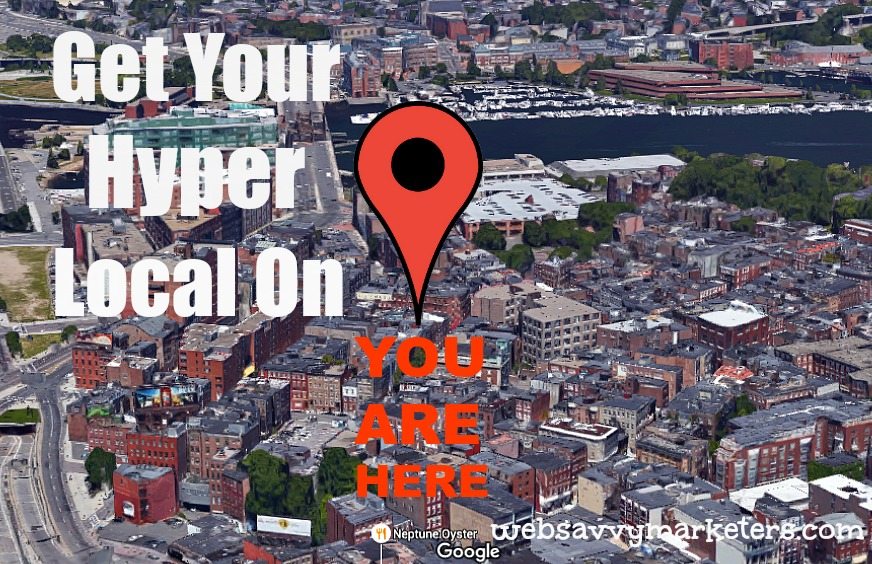
If you’ve moved your small business to a different address, changed your contact information in some way, or you have a new second location, how do you go about updating all of your local online listings? And do you even know what directories your listings are in?
It’s important to track down all your local internet listings with the correct updates instead of creating new ones because duplicates are a big problem. They can lead to Google penalties in search results. Leaving incorrect listings due to a move or other change causes confusion for both the user as well as the search engines.
While it might seem like a simple matter—you just log into the existing accounts and re-verify every listing—the claiming process isn’t always straightforward and the data clean up is time consuming and requires thorough attention to avoid duplicates.
Citation editing, marketing jargon for updating your business listings, involves a comprehensive process that requires much more than a quick edit on Google. Google is a good place to start, but there are hundreds of apps and directories that direct users to the right destination and Google is watching them all.
Google constantly crawls the internet looking for updated information to provide in its search results. This means two things:
- The more listings for your business, the better. The more information available to Google, the better your business will do in search results.
- Erroneous information on listings can cause Google to update using this incorrect data. The more listings for your business, the greater potential for Google to find incorrect information, which it pulls from many sources across the internet.
By completing an accurate and complete digital footprint or NAP, Name, Address, and Phone number, you’re removing as many barriers to online discovery as possible.
There are many methods to updating your business citations. In this post we’ll go over the popular business citation services, and in the next post we’ll cover the top business listings you need to be on.
Yext
Called the godfather of citation building services, Yext boasts a PowerListings capability to make sure your listings have correct information with automatic updates across over thirty local listing sites. By entering information into your Yext account, including details such as special announcements or specials, you can change it whenever you want.
Pros: Fastest service available; increased accuracy when you need to update regularly.
Cons: Most expensive; limited to somewhere around 50 directories.
Cost: Ranging from $200-$999 a year.
BrightLocal
BrightLocal claims and submits directly to 1,600 sites. You select which sites and the number sites, with 70% guaranteed to go live in four weeks.
Pros: High accuracy with manual submissions; prioritize NAP fixes; duplicate removal.
Cons: Don’t currently submit to top data aggregators Factual and Localeze; don’t provide custom citation research.
Cost: Single Business – $29/month
Multi Business – $49/month
SEO Pro – SEO Pro – $79/month
Whitespark
Whitespark has two separate citation services:
- Citation audit and cleanup removes duplicates, fix inconsistencies, make corrections, and claim the important listings you’re missing.
- Citation building looks for relevant key listings and manually submits them.
Pros: Greater accuracy with manual submissions and cross-checking systems.
Cons: Cleanup service doesn’t provide verification of listings (although there are step-by-step instructions available); building citation service doesn’t remove duplicates but doesn’t create them.
Cost: Citation cleanup and audit $900 one-time fee includes top 30 sites. Citation Building $4 each for national directory listings and $5 each for local city level directories or industry-specific listings.
Moz Local
Moz helps you claim all the important listings, including the ones that require manual verification with Google Local. You get access to all the local data aggregators for fast updates.
Pros: Make updates at any time via one dashboard; great Q&A service.
Cons: Listings are slow to go live – can take up to three months; doesn’t create listings on all directories.
Cost: $84 a year.
UBL/AdviceLocal
Universal Business Listing is now working under Advice Local. Easy updates from one dashboard. They provide ongoing checks for consistency. Submit to top fifty directories as well as popular review sites, and will even do social media profile optimization.
Pros: Merger provides expanded local listings with full access and ownership.
Cons: Need to subscribe to higher-priced packages to get full-service offerings. Reviews indicate complaints about duplicate listings.
Cost: Packages beginning at $100 a year up to $250 a year plus $20 monthly fee.
Synup
Synup is a relatively new service that covers forty-six of the top directories. You can manually add and manage an additional 150 sites. All changes made from one dashboard.
Pros: Duplicate listings suppression and monitoring of reviews included.
Cons: Not 100% effective in identifying duplicates; can get pricey with multiple locations.
Cost: $30 a month per location.
Directory Bug
Directory Bug manually lists your business on a minimum of sixty sites without creating duplicate listings. Over 100 of the top local business directories scanned. A premium members option is available with better optimization for local SEO.
Pros: Creates report with these sites and any other existing listings found.
Cons: Requires a custom quote for updating and cleanup based on number of sites needing it.
Cost: $140 for citation audit and $169 for power listing service.
It’s not an easy choice to select a business listing service. Each one has limitations, so the decision depends on your unique business needs. None of the citation building sites are completely hands-free. Many of the big search engines require manual verification of listings. The tendency for duplicate or inconsistent listings depends on various factors, including which data suppliers used and the relationship the service has with the directories. In addition, in some cases when you stop paying for the service all of your listings may be dropped.
As a small business owner, business listing services can save you time and money. In return, you get your business out there in the local search ecosystem without spending the many hours needed for accurate, thorough results.










